Where does the "truth" lie in a self portrait? What history's artists reveal ..
Imagine that you want to say something about yourself to a room of people you consider important but you can only do so by showing them your self-portrait. How would you begin? These questions help.
I have developed these ideas after decades of lived experience, interview-based insights, and deep research into the complex relationship between art and health. They are based on my unique 6-part framework. If you are interested in assistance in applying these ideas to your own life: Order a Creative Health Assessment or Book a 1:1 Coaching Call.
A self-portrait may or may not be an exact likeness of you. Even if it is, it depicts you in a certain way at a certain point in time. The more you think about what it is that you want the work to say about you, the more powerful the self-portrait. Imagine that you want to say something about yourself to a room of people you consider important but you can only do so by showing them your self-portrait. How would you begin?
Examples from Art History
“Gauguin likely dealt with his own depression for some time before the suicide attempt. After all, the man fled his family for Tahiti where he lived a mostly lonely existence besides the copious amounts of sex he used to keep himself entertained. A few years before the suicide attempt, around the time that he painted the Self-Portrait Near Golgotha, he wrote a letter sharing that a number of trials and tribulations (including financial troubles that left him without access to food or medication) were making him feel suicidal. There are hallmarks of depression all over the self-portrait - from the posture to the coloring, it reeks of fatigue. In another letter he wrote that he felt discouraged “to the point that I no longer dare paint and I drag my old body along the shores.”
“Kirchner’s long history of depressive periods is well documented. His own self-portraits offer the greatest depiction. In particular, Selbstbildnis als Soldat (Self Portrait as a Soldier) and Selbstbildnis als Kranker (Self Portrait as a Sick Man), both of which were completed around the time of his first sanitorium stay, show a markedly depressed human being. Interestingly, one of his final paintings, Flock of Sheep, completed just before he died, looks considerably calm and peaceful. This can happen when someone has decided that they are ready to die by suicide; having accepted the fate, they feel less tortured. This doesn’t diminish the torturous nature of depression but reveals that having found a way out from it offers some relief.” - source
So much can be said about Frida Kahlo and self-portraiture of course. Here’s a snippet from The Artist’s Mind:
Clearly, Frida came into a world lacking that attachment. Instead of gazing into her mother’s eyes to get a sense of who she was, she gazed into emptiness, and arguably spent her life trying to figure out this sense of self. Author Grimberg writes, “She grew up believing that she was not quite right the way she was, that to be more interesting, more desirable, she needed to become another person.” And he suggests that the best example of this in her large body of self-portraiture is the Self-Portrait Drawing, a 1937 sketch in which “the Frida Kahlo ultimately portrayed is twice removed, an image of her image.”
Here are nine questions that you can ask yourself as you begin a self-portrait
What are the aspects of myself that I most want to shine through in this image?
Reflect on the qualities, emotions, and traits you wish to highlight.
Are there particular experiences or memories that influence how you see yourself?
How do your relationships impact your self-perception?
What are my core values and how can I depict those through self-portraiture?
Think about the principles that guide your life and how they can be visually represented.
Which symbols or motifs represent your values?
Are there historical or cultural references that resonate with your values?
Does a headshot or full body portrait best represent these aspects and values?
Decide on the scope of your portrait based on what you aim to convey.
Consider how the scale and framing of your portrait affect its impact.
How might different angles or perspectives alter the message?
What pose offers the truest representation? Standing, sitting, or lying down; straight-backed or slumped?
Consider how your posture can communicate your current state or personality.
How does body language reflect your emotions or psychological state?
Experiment with dynamic versus static poses to see which feels more authentic.
What clothing should I be wearing in this self-portrait, if any, in order for the viewer to understand these aspects of myself and the values that I hold?
Choose attire that reflects your identity, profession, or mood.
Think about how different styles or eras of clothing might convey different messages.
Consider the significance of color and texture in your clothing choices.
What does the background of the portrait need to look like in order to best reflect these aspects? Am I indoors or outdoors, in daytime or nighttime, with or without props?
The setting can provide context and additional layers of meaning to your portrait.
How does the environment interact with your figure in the composition?
What elements in the background can add to the narrative or symbolism?
What is the dominant color that reflects what I’m trying to portray? What are the other colors that will support this in my painting?
Use color theory to evoke the desired emotional response and complement the overall theme.
How do colors convey different aspects of your personality or mood?
Consider the cultural and psychological associations of colors.
What are my most dominant features? What makes me physically unique? Getting this part the way that you want it to look in your self-portrait will go a long way towards making it feel like it’s really “you.”
Emphasize features that you feel define you, both physically and emotionally.
How can you exaggerate or minimize features to express different aspects of yourself?
Consider the impact of facial expressions and micro-expressions.
How does my specific psychology or mental health impact my choices in self-portraiture?
Reflect on how your mental health influences your self-perception and artistic expression.
Are there recurring themes or motifs that appear in your self-portraits during different mental states?
How does the process of creating a self-portrait affect your mental well-being?
How Our Own Personal Psychology Affects Our Self-Portraits
Of course, it’s this last question that I’m most interested in myself. And the answer is going to be different for everyone. There are blanket answers that seem obvious and might hold true at times. For example, symptoms of depression I’ve experienced include low self-esteem and fatigue. The latter impacts productivity, but can also influence choice of medium as it might inspire you to work with a quicker medium to capture your self-portrait with whatever energy you do have. Or it might inspire you to work with a much slower medium that you can pick up and put down based on energy levels. As for self-esteem, do you even want to create a portrait of yourself when it is low? If so, is it an idealized version of how you wish you were or is it a representation in color and form of how you currently feel about yourself? Do you cover your face or turn away from the viewer?
If you read this far, perhaps you liked the work. The work takes work. Support it if you can:


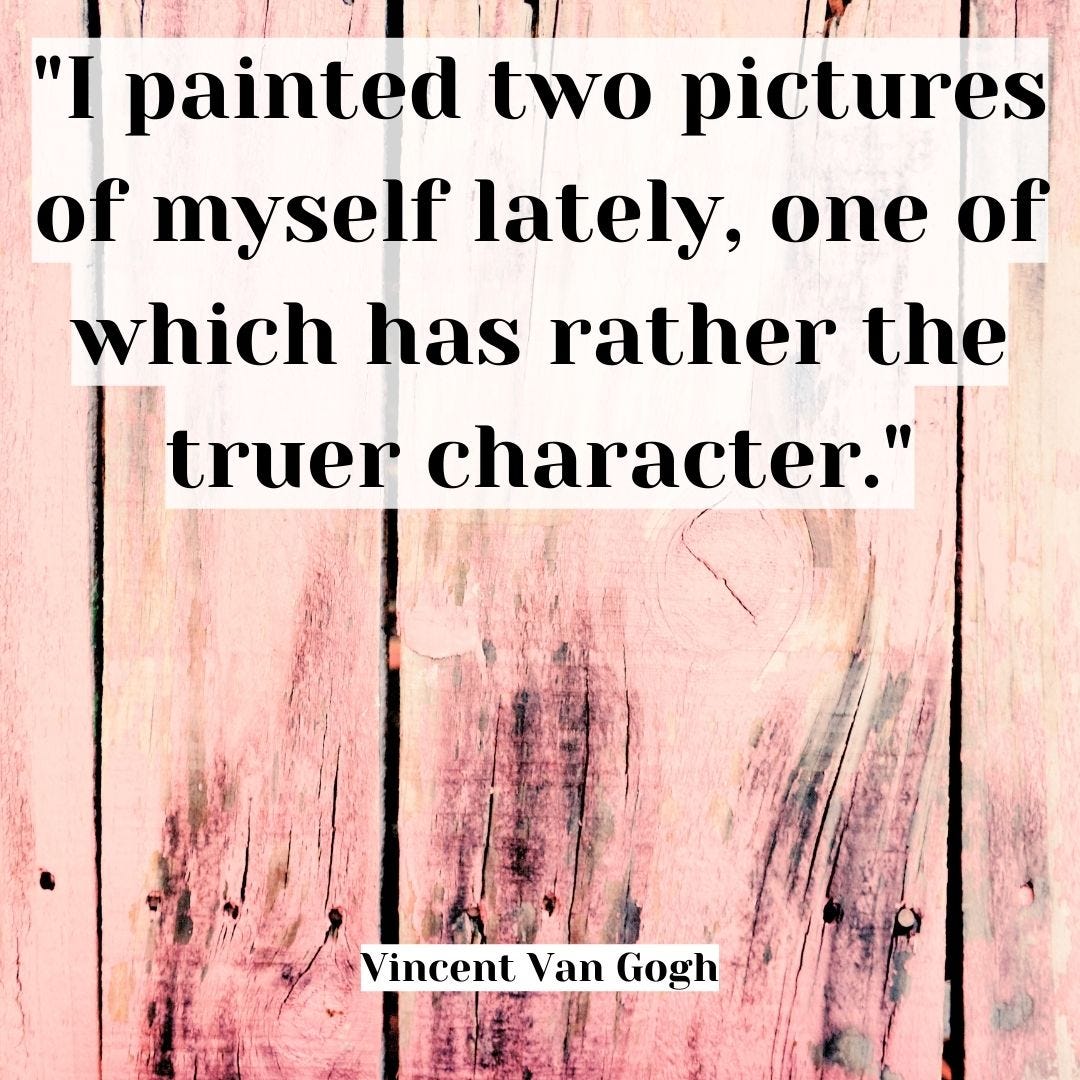
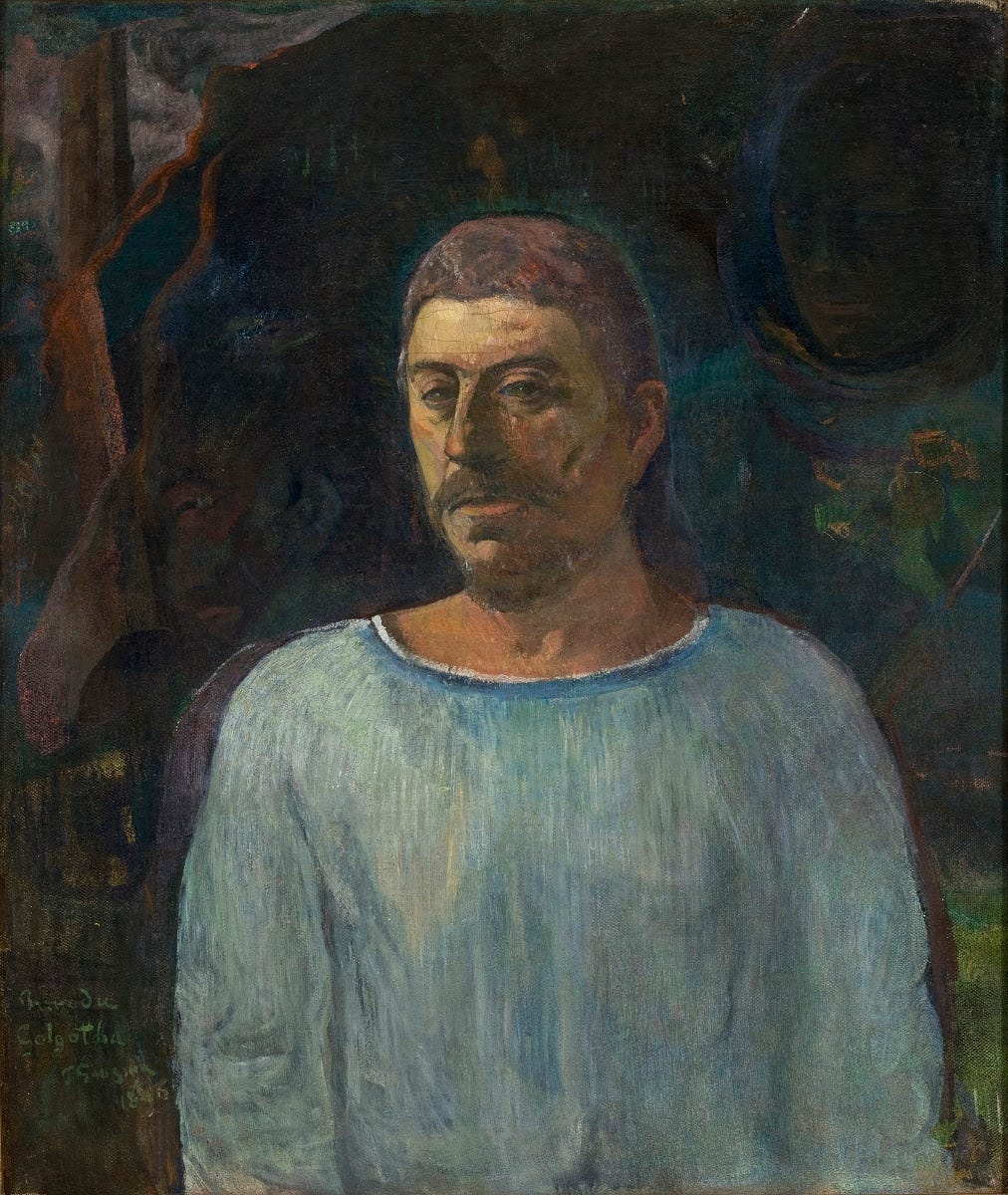
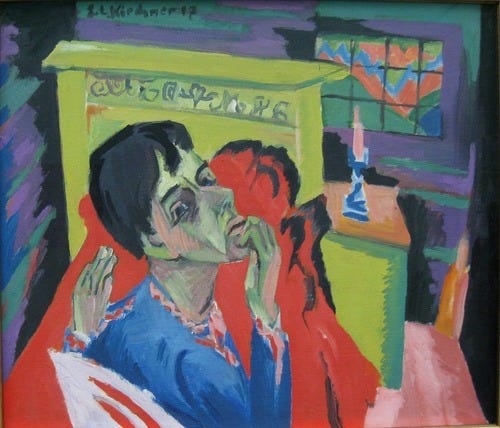
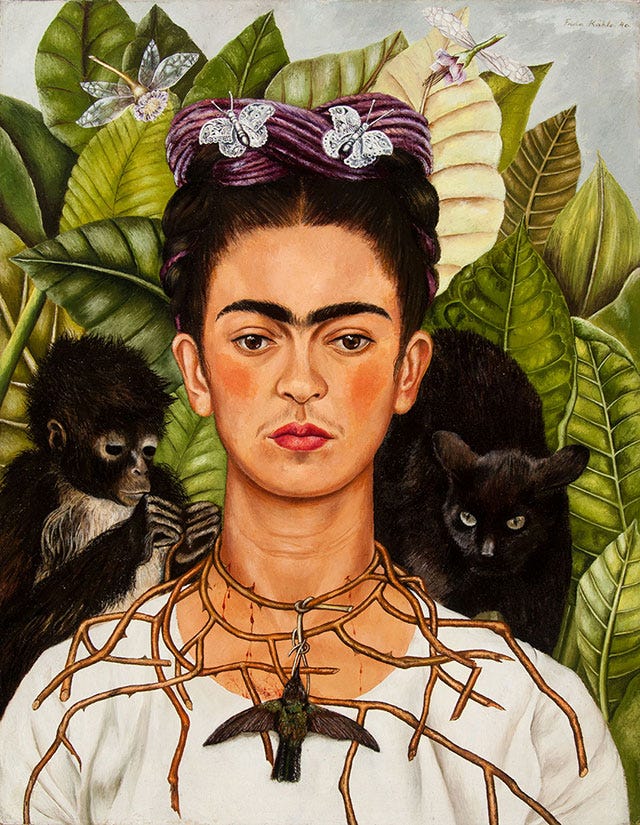
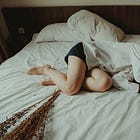

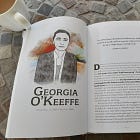
Brilliant!
I especially like the 9 questions. It's nice to see how they build upon each other. Several I wouldn't have thought of. Thank you. I'll have to remember them.